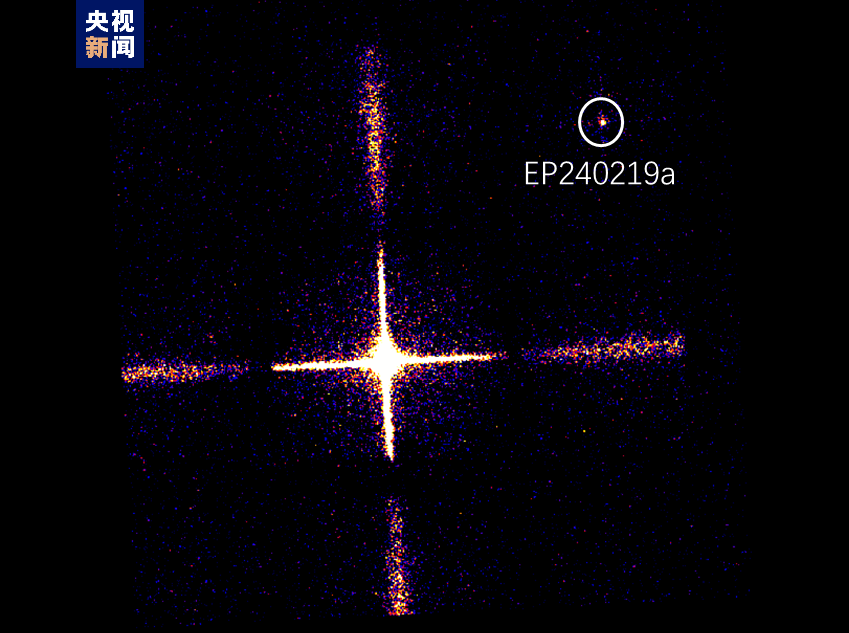23
A peek into cosmic flashes: China releases first images captured by X-ray satellite Einstein Probe
by Tunae
written by Tunae


China on Saturday released the first batch of detection images captured by its Einstein Probe (EP) satellite, at a parallel forum of the 2024 Zhongguancun Forum in Beijing.
Launched in January, the EP astronomical satellite is equipped with a wide-field X-ray telescope (WXT) and a follow-up X-ray telescope (FXT), which can simultaneously achieve wide-field observation and X-ray-focused imaging.
It serves as a cosmic celestial explosion “catcher,” aiming to discover and explore the X-ray transients and eruptive celestial bodies in the universe, and issue early alerts to guide other astronomical equipment for follow-up observation.
The view captured by the EP satellite’s WXT directed at the center of the Milky Way. /China Media Group
The 11 released images include observations of objects near the center of the Milky Way, the supermassive black hole M87 and supernova remnants, as well as the first captured X-ray transients.
An X-ray transient captured by the EP satellite’s WXT. /China Media Group
The EP satellite is another space science satellite following the launches of China’s scientific satellites, such as the dark matter explorer Wukong, the quantum communication satellite Mozi and the solar probe Kuafu-1.
It has collected rich scientific observation data during its in-orbit testing and instrument calibration, including the detection of 17 new X-ray transients and 168 stellar flares, as well as over 10 alerts worldwide to guide international optical and radio telescopes and space X-ray observatories to carry out follow-up observations.
The observations have been highly recognized by international peers and provided important guidance for the collaborative observation of ground and space telescopes at home and abroad.
A view of the Crab Nebula captured by the EP satellite’s FXT. /China Media Group
In the next stage, the EP satellite will continue to complete in-orbit tests as scheduled and strengthen domestic and foreign cooperation and open data sharing, contributing to the high-energy time-domain astronomical observation and research.
A view of the elliptical galaxy M87 captured by the EP satellite’s FXT. /China Media Group
The EP is an international cooperative mission led by the Chinese Academy of Sciences, involving the European Space Agency (ESA), the Max Planck Institute for Extraterrestrial Physics in Germany and the French space agency- the Centre National D’Etudes Spatiales.
The strength of EP is to observe “almost the entire night sky in about five hours with great sensitivity,” ESA project scientist Erik Kuulkers told SpaceNews. “It is thus able to catch any unpredictable transient event in X-ray light.”